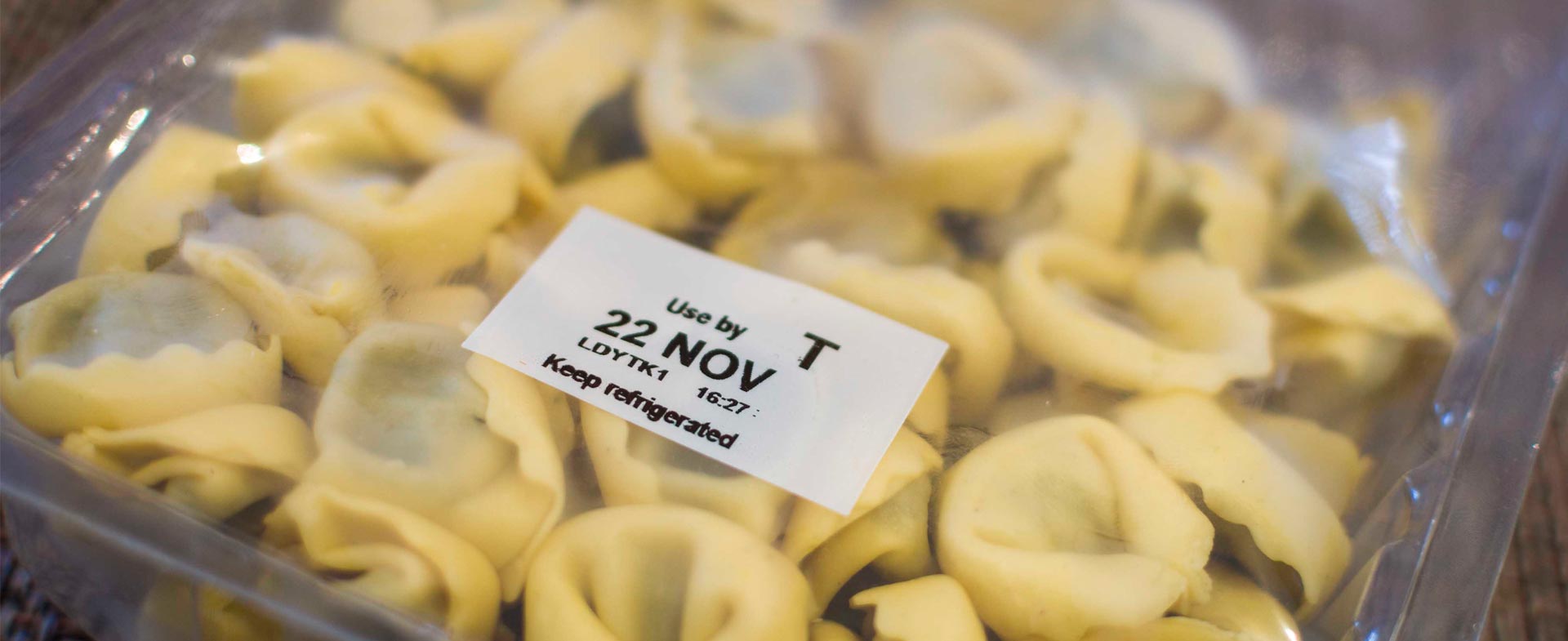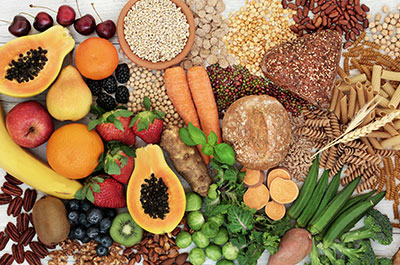Between running a household, trying to meet work deadlines and managing family activities, keeping up to date with how fresh all of your food is may not be top priority. We’ve all had items sit for weeks in the back of the fridge, unnoticed and uneaten.
If you’re relying on expiration dates (a.k.a. “use by,” “sell by,” “best if used by”) on packages to decide whether food is safe to eat, you should know it’s not an exact science. In fact, according to the U.S. Department of Agriculture (USDA), dates on food products actually offer no insight into food safety.
What Do Sell-By or Other Freshness Dates Really Mean?
With the exception of infant formula, product dating is not required by federal regulations. Some states require a sell-by date on eggs and/or dairy, but for the most part, package dates are voluntary.
The sell-by date is for the grocer. It’s how they keep their shelves up to date. The use-by and best if used by dates indicate freshness. Grocers rotate items on shelves, placing the most recent dated items at the back.
As the sell-by, use-by or best-if-used-by dates pass, the quality of the product starts to deteriorate. But that doesn’t mean you have to pull them from your shelves. It just means if you open it after that date it might not be peak quality. So it makes sense to pay attention to the date and make purchasing decisions based on how soon you plan to eat the item.
Keeping Food Fresh
While there is often a cushion of safety built into sell-by or use-by dates, manufacturers want you to eat their products when they’re freshest. Here’s how it breaks down by product:
Milk: Dates on milk products are driven by freshness, not spoilage. Dairies test milk by storing it at a higher than acceptable temperatures to determine how long it lasts without spoiling. So if the product lasts through the expiration date at an unacceptable temperature, manufacturers can be sure it’s fresh when stored at refrigerated temperatures. A good rule to follow: Drink milk within a week of the sell-by date.
Cheese: The more aged and harder the cheese, the less vulnerable it is to foodborne pathogens. Hard cheeses like cheddar and Parmesan have very long shelf lives compared to softer cheese like brie, feta and goat.
Meat: Try to eat fresh beef, steak, poultry and fish within a few days. If you don’t plan to eat it quickly, it will last up to six months in the freezer. Freezing is important: Storing meat in the refrigerator for longer periods of time creates more opportunity for pathogens to grow and proliferate. Prepackaged and vacuum-sealed lunch meat has a little more leeway. Freshness dates for those are often a few weeks out when unopened. Once you open the package, though, the clock starts ticking on the shelf life, so be prepared to consume it within a few days.
Eggs: Eggs have long shelf lives — about three to five weeks from the date of purchase. And since most eggs will be cooked, safety concerns are minimal. However, if you make a batch of hard-boiled eggs, eat them within a week. After that, toss them.
Processed foods: Dates on processed foods indicate freshness, not safety. Vacuum-sealed packages containing chips and cereals are probably safe to eat indefinitely, but the taste will deteriorate over time. Canning preserves food beautifully. Again, there will be some deterioration in taste and consistency, but in general they last a long time. Once the container is opened, eat the product within a few days.
Make Food Safety a Priority
If you follow freshness dates to the letter and pitch any food that’s past its date, you can waste a lot of food. Instead, handle products wisely when you get home. Don’t open packages until you’re ready to eat the whole product within a few days and keep the most perishable foods in the coldest areas of your refrigerator (generally on the bottom shelves if your fridge has a freezer on the bottom and on higher shelves if your fridge sports a built-in icemaker).
Dates on food packages relate to quality, not safety. Once you open the product, the date on the package no longer matters and food safety rules apply. So while you don’t have to throw out food that has been properly stored because it’s past the date, you do have to handle food appropriately once you get it home. The exception: Perishable foods, such as dairy, meat and eggs. These products require proper refrigeration and they won’t last long past the stamped date unless they’re frozen.
To learn more about product dating, check out the USDA’s Food Product Dating Guide.
Bethany Thayer, MS, RDN, is director of the Henry Ford Center for Health Promotion and Disease Prevention. Earning a bachelor’s degree in dietetics from Michigan State University and a master’s degree in exercise science from Oakland University (OU), Beth chose her career path because she was always intrigued by the blending of art and science to positively impact health. She enjoys communicating with people about healthy living and eating and was a national media spokesperson for the Academy of Nutrition and Dietetics for 9 years. Beth was named as Outstanding Dietitian of the Year by the Michigan Academy of Nutrition and Dietetics in 2012 and served as their president in 2015-2016.


 Bethany Thayer, MS, RDN
Bethany Thayer, MS, RDN
